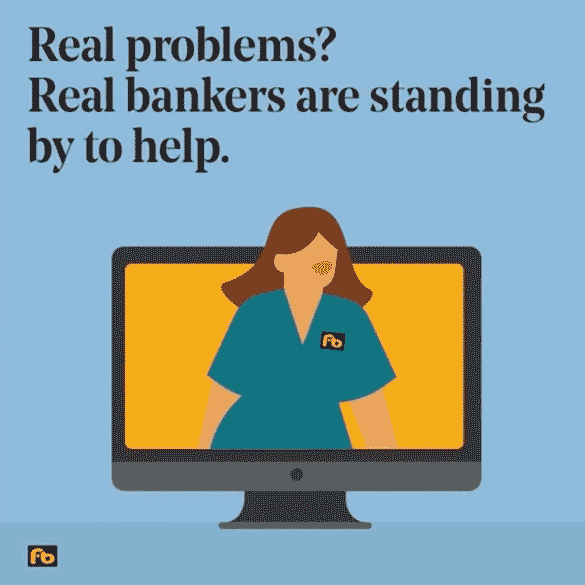Nostalgia is the sentimental remembrance of elements from the past. It’s seeing a clip from an old favorite show or the resurgence of a trend that “brings you back.” Think Friends, Bruce Springsteen, Rubik’s Cube. It’s hearing a song in the grocery store that you used to dance to in the clubs. 😊
What makes nostalgia valuable is the feeling of belonging that gets triggered by that sentimental remembrance. Not everyone will know that song or episode but you can quote it verbatim! It’s like an inside joke with everyone from your generation, and you’re right there on the inside.
In marketing, there is also value in embracing nostalgia. When I design a marketing strategy I think a lot about Maslow’s Hierarchy of Needs. As I’m sure you recall, it looks like this:
With nostalgia, we’re focusing on Level 3: the need for love and belonging. Marketing to Level 3 is highly impactful. Everyone (more or less) wants to understand and be a part of that inside joke, to sing along when that favorite hit comes on. This is a universal component of being human; we need to feel like we belong.
Cultural bonding
As a kid, I wasn’t interested in dolls but still, somehow, had a Ken, a Black Barbie, and a stereotypical Barbie. So in the summer of 2023, I was genuinely interested in seeing the Barbie movie as an au courant cultural phenomenon. But I also wanted to be in on the memes that spoke to the Barbie revival. I wanted to be Kenough! So I purchased a ticket and saw it in the theater. I was happily seduced by my nostalgia into spending that money.
I believe the children are our future. I also believe touching on the need for belonging, Level 3 in Maslow’s hierarchy, can drive interest, engagement and sales. Why? Because the cultural bonding around a nostalgic element, like Barbie or Bruce Springsteen, creates a sense of community among those who relate to the references.
But if that’s not enough, here are four more ways nostalgia can contribute to a marketing campaign:
1. Multi-generational appeal
Nostalgic references can be shared across generations, enabling marketers to connect with prospects from different age groups. At the time of this writing, Esprit, a fashion brand many people think of as having lived (and died) in the 80s, is making a comeback among younger fashionistas.
2. Purchase motivation
Consumers may buy a product not just for its features but also for the emotions and memories triggered by the nostalgia associated with it. It’s not hard to imagine an exclamation of “I used to wear that/have one of those!!” having enough power to motivate a purchase.
3. Bringing back a moment
Brands can use nostalgia to help consumers recreate positive experiences from the past. Reviving a classic product design or using retro packaging are examples of ways to achieve this. Dove did a great job of adding 50s and 60s inspired packaging to modern products. Even if a brand is less widely known, there are creative ways to use this technique.
4. User-generated content
Barbie memes anyone? Encouraging followers to share their nostalgic experiences creates a sense of community and drives engagement with the brand. The Barbie meme generator sparked hundreds, thousands, who knows how many images with the Barbie logo front and center.
You can’t start a fire without a spark
The need for belonging is more than a documented psychological theory. It’s a phenomenon you’ve surely felt as a young kid looking for a seat in the lunchroom or an adult on a dating app hoping for a match. Nostalgia triggers that feeling of belonging by looking in the review mirror.
Using nostalgia – selectively and authentically – to level up your marketing opens up so much potential to position virtually any brand as creative, clever, and, perhaps most importantly, relevant.
What cooler way to drive a campaign’s success forward than by looking back?



